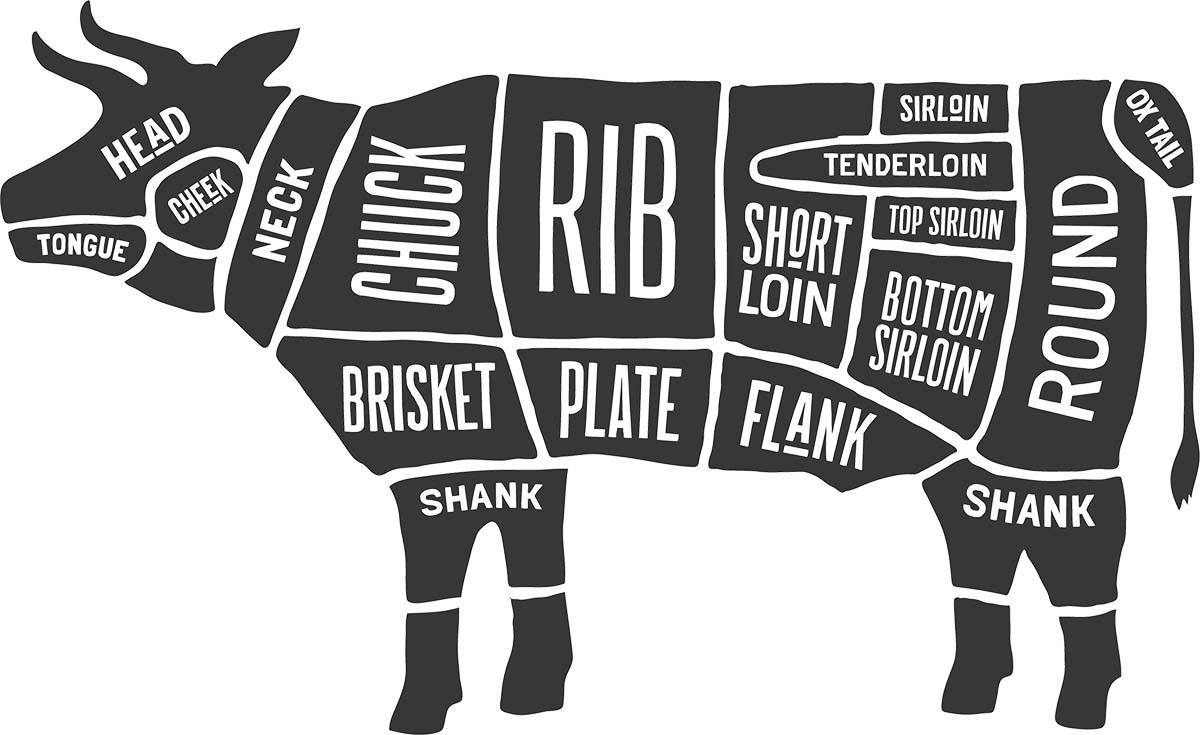Farm Tidbits- Bale Grazing
posted on
January 25, 2024
We have spoken about bale grazing before on this site as well as to groups visiting, and on panels over the years. Last week with the extreme dip in temperatures and the smattering of snow here and there, we thought it was a good topic to discuss again. As always, please reach out with questions or point of discussion. Our doors are always open!

Here’s a couple more pictures of our cows and calves out “bale grazing” last week in the snow & cold.
This has been a transformative change in how we feed and care for our cows all winter. You can see in the pics the cows enjoying both eating and bedding down in the hay.
This hay was strategically placed out in the field in October. Now we just keep moving a temporary fence to give them access to a couple bays and an acre or so of grass. The cows and calves are staying healthy and clean from the usual winter mud.

One of the most exciting aspects is the disbursement of nutrients all across the field. In previous years we would have fed these cows in our feed buildings and the manure would stack up there for us to haul to the fields. But the urine, where over 50% of the nutrients are, would soak into the ground near the feeding areas.
Since the nutrients are spread across the field, we expect to use less than 50% of the normal fertilizer next spring to get the same growth. Additionally, the organic matter and carbon sequestration should be huge.
This week has been slightly more challenging with the wet weather, requiring us to move the cattle more often. But always exciting to progress through a new practice.

Thanks again to Greg Halich at University of Kentucky and Jason Tower at Purdue for leading us down this path.



